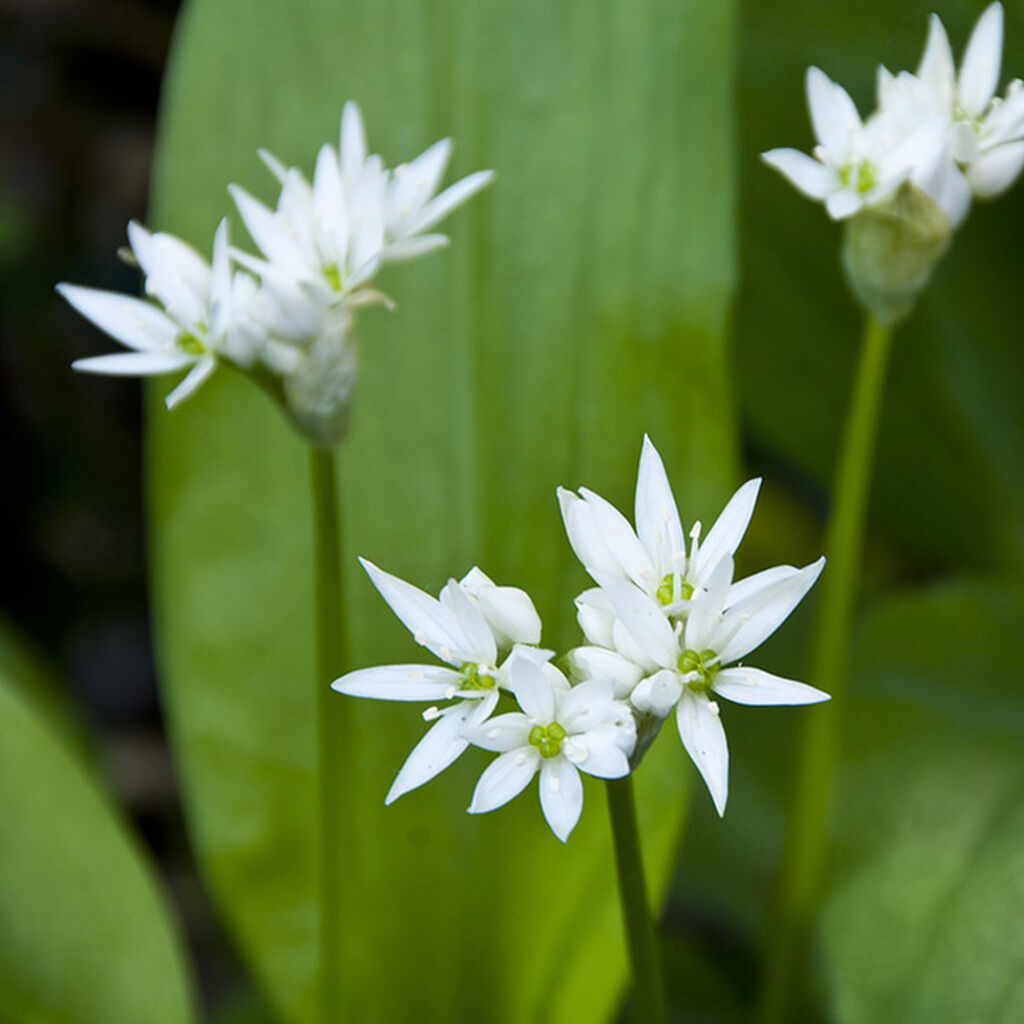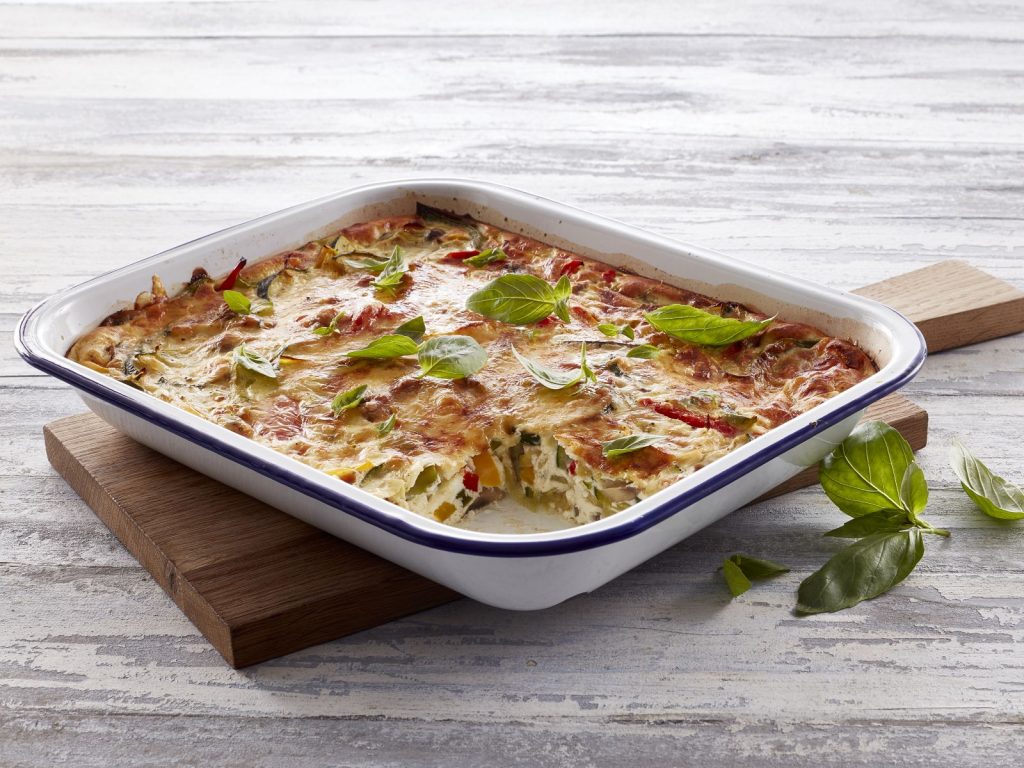In spring, ramsons (or wild garlic) covers the floors of deciduous forests in Scandinavia, and they can be detected from miles away. Their permeating garlic smell is pungent in the warm May air. Learn more about Scandinavian ramsons.
You should collect and eat them while you can, as the darkening canopies of beech leaves will soon make them wither. You can grow ramsons yourself in a woodland area of your garden, but beware – they must be planted where they can be allowed to follow their rampant nature.

Appearance and taste
The bulbs themselves, the broad, soft leaves and the white, starry flowers are very much edible. Perhaps surprisingly, the flowers tend to have a stronger flavor than the mildly garlicky leaves.

Culinary uses
Ramsons are so abundant in spring that they can be eaten and cooked like spinach, in soups, omelets, as an accompaniment for everything nice and light, for a pesto, or in salads. The mild garlicky taste and softness of the leaves mean that they lend themselves to anything that you might associate with spinach and garlic.

Omelet with ramsons and other herbs
There are several secrets behind making a good omelet as is often the case when cooking very simple seeming dishes. Firstly, add no salt before the omelet is finished. Also, omelets need a very high pan, with lots of butter or olive oil to make the eggs fluff up. And always use very fresh eggs, from decently raised and fed birds. You do not need to consider all the lore about expensive omelet pans washed by mermaids in the moonlight. A heavy pan, preferably iron or copper, is fine (Tefal pans do not work very well at high temperatures). Mozzarella is not, admittedly, very Nordic, but the consistency amidst the soft eggs is beautiful. Eat the omelet with rye bread, and maybe a tomato salad. Leftovers taste lovely in a sandwich, especially with smoked fish – ideally as part of a picnic.
100ml extra virgin olive oil
200g mixed fresh herbs, finely chopped: choose from ramsons, sorrel, chervil, tarragon, chives, dill, parsley and blanched nettles.
8 large organic eggs
1 buffalo mozzarella, cut into thin slices
Salt and pepper
SERVES 4 for lunch
Heat a heavy frying pan until very hot, then pour in the oil and heat again. Meanwhile, whisk the herbs into the eggs.
Pour the eggs into the hot pan and let them fluff up wildly into a bubbly light thick omelet. Add the mozzarella slices.
As soon as the eggs are solid around the edge, lift with a palette knife and tilt the pan, so that the more uncooked egg runs underneath. When the omelet is no longer fluid, but still very soft in the middle, remove it from the heat. Scatter with salt and pepper, and fold into a half moon.
Scandinavian Ramsons, written by Tor Kjolberg
Feature image (on top): Photo: Hageland


